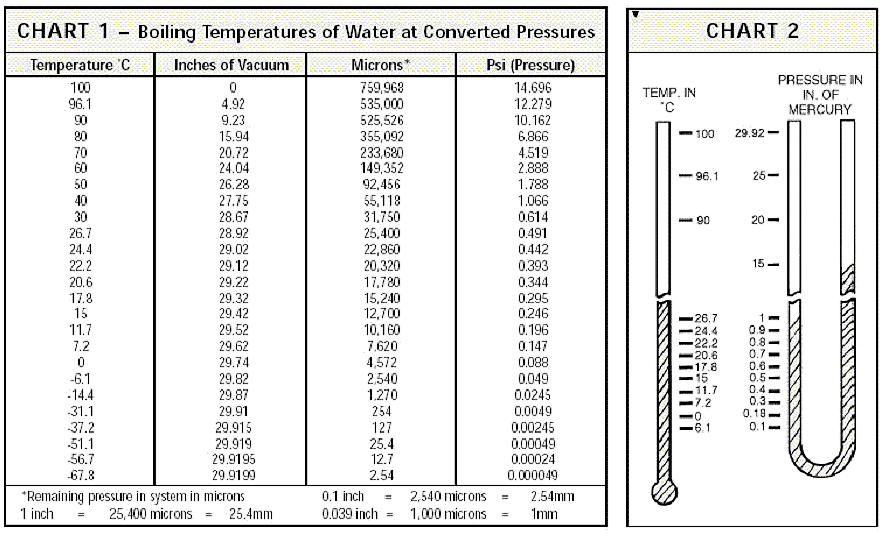Air, Water, and Cryogenics
There are many interesting and important connections between Air & Water and Cryogenics. Atmospheric air, in the general sense, typically includes moisture. Liquid air is a cryogen. Cryogenics is used to purify gases. Water can really mess up the operation of cryogenic systems if it gets into the inner workings of the parts. Frost patterns, ice, snow, snow flake patterns, ice bergs, glaciers, and cold mountain air are all really nice things to experience (if you are warm enough). Cold and moisture, moisture and cold. They just go together.
Cryogenic systems called "cryopumps" are used to produce "high vacuum" environments within a chamber or dry out the internal surfaces of tanks/piping. For a simplified example, a liquid nitrogen reservoir is placed before a mechanical vacuum pump. The evacuation line is routed through the liquid nitrogen. In this way, dew points as low as -65 degF (-54 deg C), corresponding to a vacuum level of about 20 millitorr (20 microns) can be obtained by using a simple mechanical vacuum pump. A chart of the boiling point of water for low pressures is given here: Water Boiling Points at Vacuum Pressures
Commerical cryopumps have integrated turbo vacuum pumps and cryocooler cold heads and can be sophisticated machines. See, for example, the CVI Torr-Master line of cryopumps:
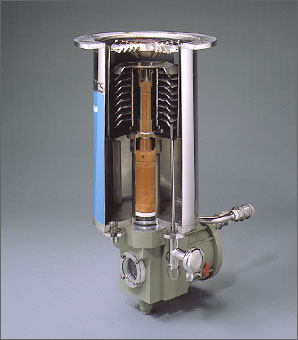
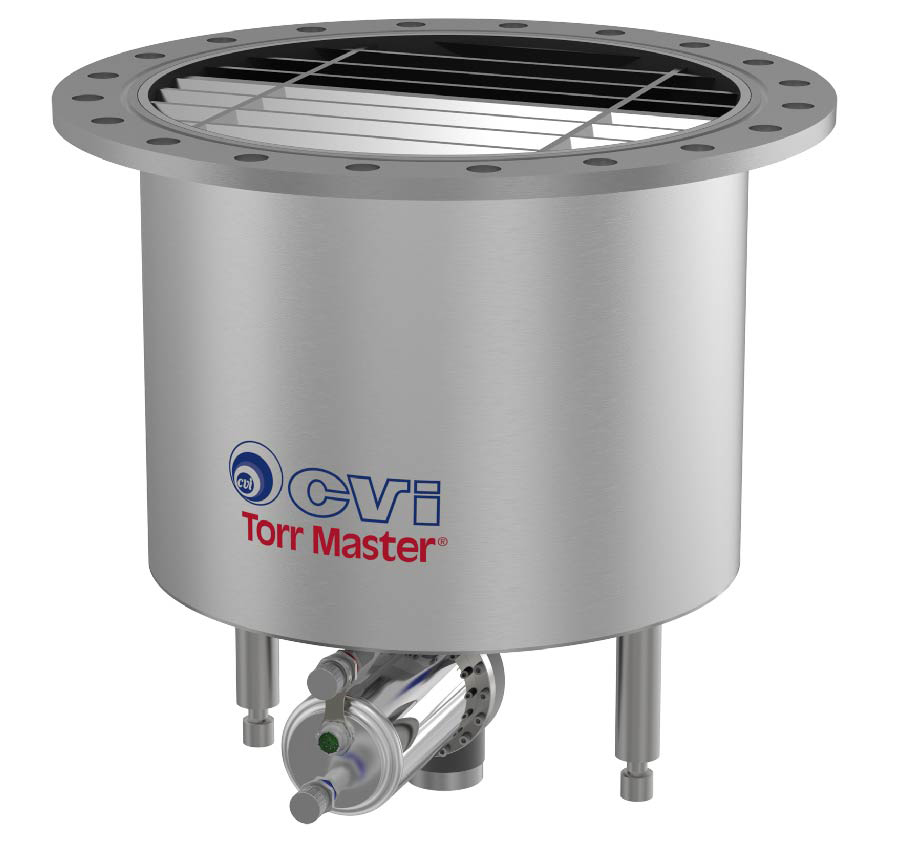
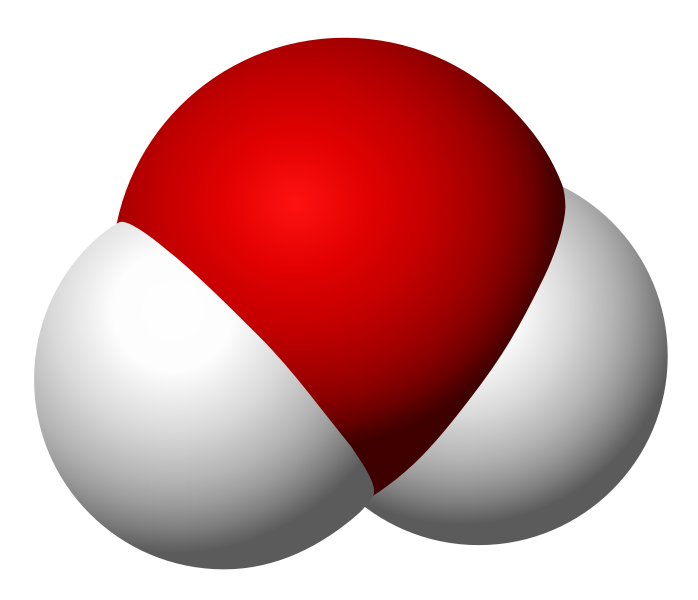
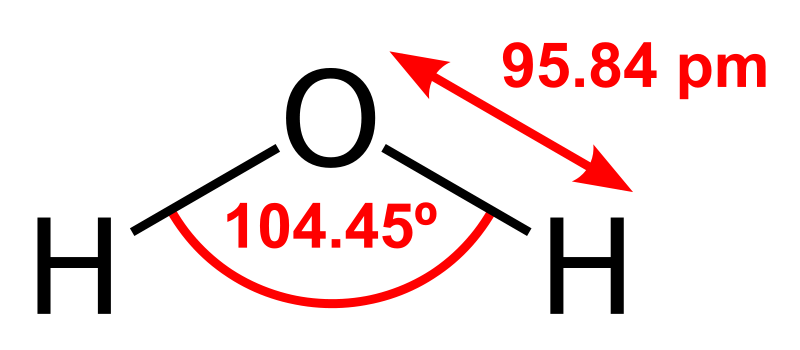 |
| The Water Molecule |
